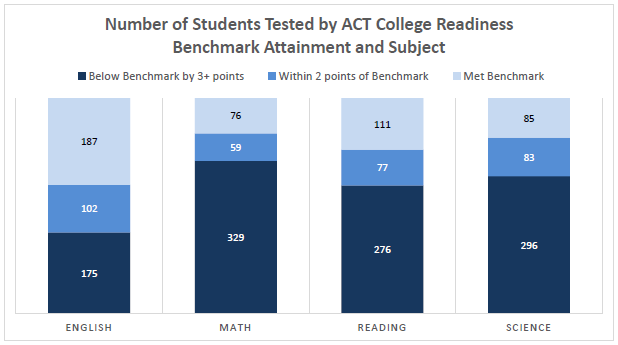
Data Driven ACT Prep Programs
March 22, 2018

March 22, 2018
Schools that can leverage data to inform their ACT prep programs can significantly outperform their peer-schools. They can also start to implement a continuous improvement program. A recent Urban High School study found the following challenges in aggregating the data: the quality and accuracy of data, availability of data in a timely fashion, the alignment of data to teaching materials and standards, the capacity for data disaggregation and the leadership structure to support school-wide use of data.

Given these challenges, how can school leaders and teachers develop a systematic approach to use data and to improve educational outcomes? Schools that currently use a formative assessment for college and career readiness like ACT have a better shot at designing programs to measure and improve outcomes. The process at these schools usually begins with identifying at way to analyze student performance on formative assessment to answer the following questions:
Writing up a set of response to these questions will help administrators and teachers think through the needs.
Reference Material:
Using Data to Guide Instruction and Improve Student Learning. http://www.sedl.org/pubs/sedl-letter/v22n02/using-data.html
Craig A. Mertler: Introduction to Data-Driven Educational Decision-Making. http://www.ascd.org/publications/books/sf114082/chapters/Introduction_to_Data-Driven_Educational_Decision_Making.aspx
LiteracyHow: Data-Driven Differenciated (D3) Instruction. http://www.literacyhow.com/assessment-progress-monitoring/